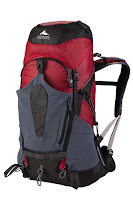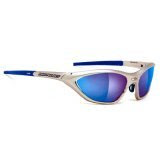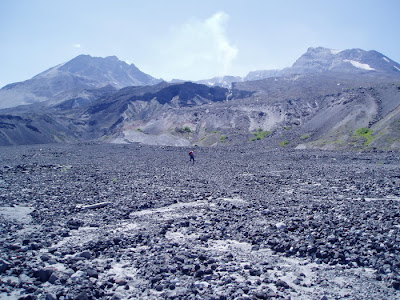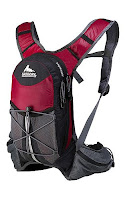 Rain starts in October and doesn’t let up until July on Washington’s Olympic Peninsula. Rainfall averages 12 feet per year in this temperate rain forest. DART-nuun team member Glenn Rogers was the course designer for an epic late summer race called the 4th Dimension Adventure Race staged on the spectacular peninsula. The first cold weekend of the season caught teams by surprise. It can be wet, even when it isn’t raining. Three teams got soaked from wet bushes and pulled out of the race due to hypothermia.
Rain starts in October and doesn’t let up until July on Washington’s Olympic Peninsula. Rainfall averages 12 feet per year in this temperate rain forest. DART-nuun team member Glenn Rogers was the course designer for an epic late summer race called the 4th Dimension Adventure Race staged on the spectacular peninsula. The first cold weekend of the season caught teams by surprise. It can be wet, even when it isn’t raining. Three teams got soaked from wet bushes and pulled out of the race due to hypothermia.Many more teams would have found themselves in trouble had the weather been the freezing cold rain a few of us set out in three weeks later to retrieve several of the checkpoint flags left over from the race. We biked, hiked out bikes, and because Glenn was the mastermind of the route that day, carried our bikes up steep cliffs. We were out for 7 hours, and totaled 10,000 feet of vertical gain for the day.
I dressed head to toe in Ibex wool bike clothing underneath Gore Tex outer layers. For once, I was the warmest person in the group. Although the rain was biting cold on our faces, I was able to keep warm by staying in motion. My Ibex under layers became damp from perspiration, so I was not completely dry. However, the hardshell Gore Tex prevented the freezing rain from getting inside, and wool has the lifesaving property of insulating when wet. Ibex wool clothing insulates significantly better than any other bike clothes I have used. It was neat to be moving fast through such an extreme environment, and still be able to maintain some physical comfort.
 I find Ibex clothing to be comfortable, and, being wool, it does not retain as much odor as polypro.
I find Ibex clothing to be comfortable, and, being wool, it does not retain as much odor as polypro.For my upper body, I wore Ibex Long Underwear Top ($60), Ibex Arm Warmers ($30), and my team-issued trustworthy Arc’teryx Alpha SL Jacket & Tau Pullover. For my lower body, I wore Ibex El Fito 3/4 Bike Knickers ($120), Arc’teryx Alpha SL Pants, and Teko wool socks. On my hands I wore Gore Tex lobster claws over Ibex Wool Glove Liners ($25).
Ibex wool can be purchased from http://www.ibexwear.com/shop.


















 The Reactive Stretch Technology (RST) neoprene surrounding my shoulders and lats combined with the preformed elbows allowed unrestricted arm motion through my entire stroke. This was crucial considering I made 10 plus swims greater than 15 miles long in a three month period while training for my goal. I just applied a little non-petroleum lubricant around the neck and under the arms and I was good for hours of continuous swimming.
The Reactive Stretch Technology (RST) neoprene surrounding my shoulders and lats combined with the preformed elbows allowed unrestricted arm motion through my entire stroke. This was crucial considering I made 10 plus swims greater than 15 miles long in a three month period while training for my goal. I just applied a little non-petroleum lubricant around the neck and under the arms and I was good for hours of continuous swimming.













